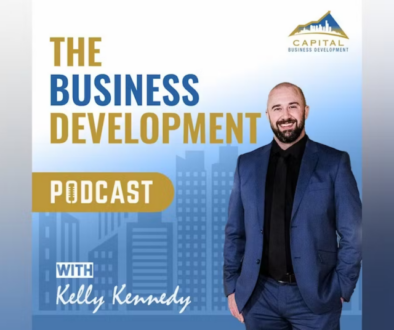Does it seem like anytime someone wants to trot out a success story, their go-to is inevitably Elon Musk? Why wouldn’t we? He’s managed to build multiple high-profile companies, some (but not all) of them quite successful. We drive his cars. We troll the underprivileged on his social media site. We connect our brains to his neural networks. We ride his rocket ships to Mars.
Okay, maybe not that last one.
What gets less coverage, however, are the strategies behind the products. Did you know, for example, that the long-term goal for Twitter, beyond providing a megaphone for the angry and disaffected, is to be the “everything” app, very similar to China’s WeChat.
The social part is really means to an end. In reality, it’s all about the network.
But I’m actually thinking in particular about Tesla, and how it became the electric car to beat. They weren’t first (not by more than a century), but they quickly figured out competitive advantage: Make them look cool, make them fast, make them easy to charge, and make a true charging infrastructure.
But where are they today? The vehicle designs are getting long in the tooth, the quality is middling at best, the self-driving feature that isn’t a self-driving feature is turning into a liability nightmare, and the touchscreen experience is showing that drivers spend more time fiddling with digital controls than a car with actual knobs and buttons.
But try taking a cross-country road trip in any other brand of electric car. At best, you’ll find a handful of universal chargers placed at random intervals. And good luck if they work. Tesla’s supercharger network is strong enough — and ubiquitous enough — to satisfy multiple simultaneous users who have the peace of mind that their cars will not just charge, but charge quickly.
I’ve read and heard from multiple people that they would buy a Tesla for their next car — even as they hold their nose while expressing their opinions of Musk — because of the superchargers. And that’s the brilliance in the strategy: If you own the infrastructure, the customers will come to you.
In the last couple weeks, we’ve also learned that now it’s not just car buyers flocking to the infrastructure. Both Ford and General Motors in the past month have announced decisions to make their electric vehicles compatible with Tesla’s proprietary charging and billing system. This decision will likely assure that the Tesla network becomes the de facto charging standard. But how will it affect Tesla auto sales? As more and more manufacturers flood the EV market, Tesla’s market share is naturally eroding. But having its competitors’ customers topping up alongside its own means the network will continue to be a viable revenue stream.
Now that is a true value proposition.
What’s your value proposition? If you struggle to answer that question, give North Then West a call. We can help.




